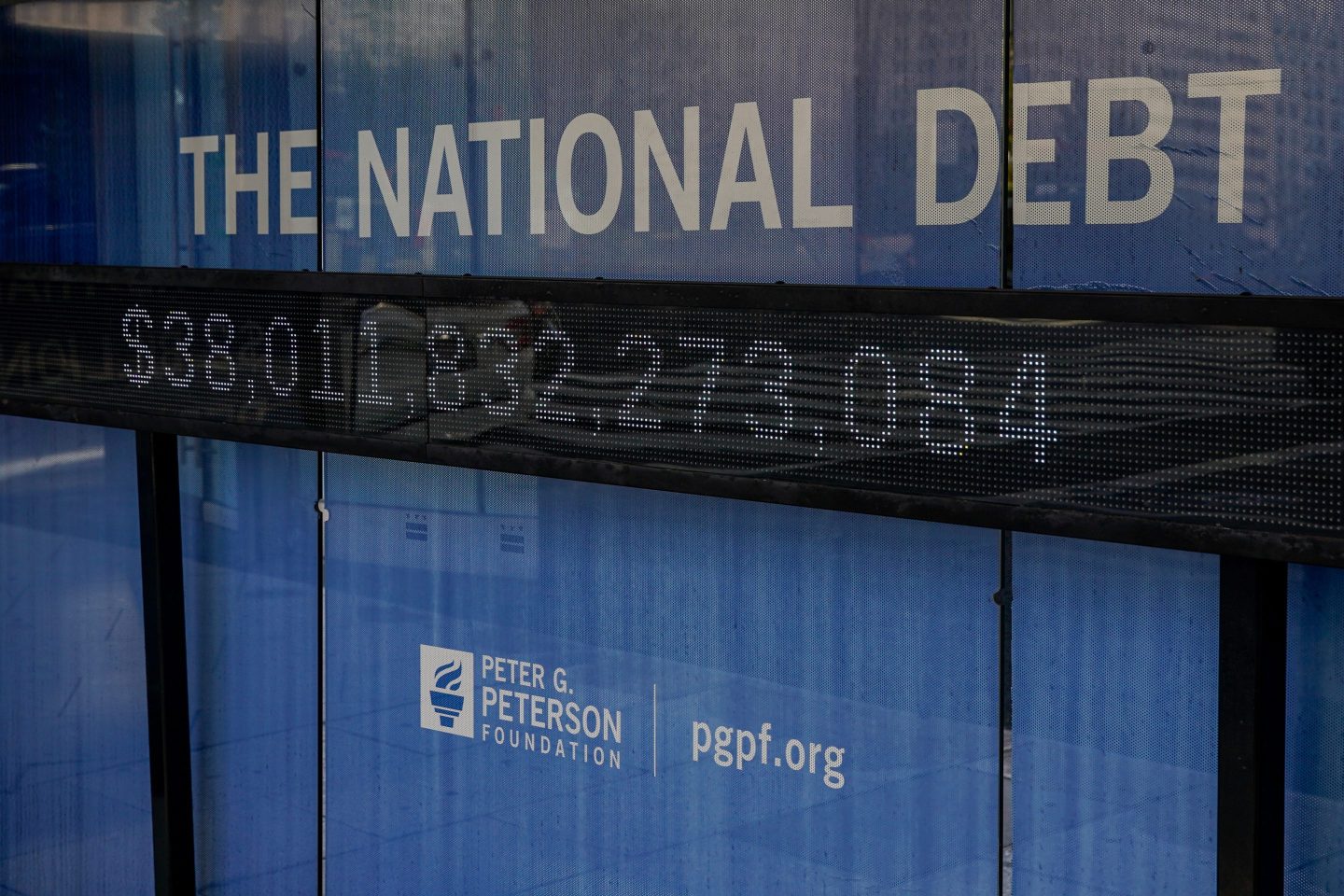Hello and welcome to Eye on AI. In this edition…new AI models are coming fast and furious; OpenAI CTO and cofounder Mira Murati departs as the company prepares to slip the shackles of its nonprofit parent; did Google just pay $2.7 billion largely to rehire one guy?
Over the last several days, Google, Meta, OpenAI, and AI2 all released new AI models. Weeks like this that are jam-packed with model releases used to be news-making events, but they’ve become almost hum drum as AI companies pour billions into developing and commercializing models as quickly as possible.
This pace of model releases says a lot about the current state of AI. It also makes it more difficult for customers—and everyone else—to keep up.
AI model releases become business as usual
If you feel like a new model is released practically every other day, you’re not wrong. When OpenAI released ChatGPT nearly two years ago, the company cracked the market for commercial AI models wide open. Now every player is working over time to release newer and better models, and they’ve started doing so at a headspinning pace.
This has its benefits. For one, customers have more options and that forces AI companies to compete on price and capabilities. On the other hand, having more options makes deciding which to tap more difficult, particularly because the technology is advancing so rapidly. In my conversations with chief technology officers and product managers building products based on LLMs, they’ve cited these types of technological decisions as a main challenge, saying they don’t want to lock themselves out of future progress with choices they make today.
As companies continue to pour resources into developing AI models, we can only expect this trend to continue. Some AI companies are working toward a specific goal (mainly AGI—which is artificial general intelligence, or AI as smart as a person—or “super intelligence,” an even more theoretical technology that would be smarter than all humans combined) and will keep releasing updates until they get there. Others are just trying to stay competitive. Perhaps the only exception is Ilya Sutskever’s Super Safe Intelligence (SSI), which vowed to not release anything until it succeeds in developing AGI.
What makes a model launch notable these days?
If you feel like a lot of the model releases these days just aren’t offering as much as they used to, you’re also not wrong about that. Many are new versions with incremental improvements. So what can we look for to decipher if a new model is notable? One factor would be if it offers use cases that are truly new.
Another signal to look out for is if a model offers similar capabilities but takes a very different approach. For example, currently the most capable models have come from companies going bigger and bigger—and some lawmakers are even taking model size, in terms of the number of parameters it has, as the metric to determine which regulations it’s subject to. Of course, bigger models have huge drawbacks around the amount of compute and resources they require.
But another trend has been companies trying to match some of the capabilities of the larger models but with much smaller ones. That’s the case with AI2’s newest model family called Molmo, which it says can match or exceed OpenAI’s GPT-4o even though the models are a fraction of the size. To the extent companies are able to achieve these milestones, that’s quite significant.
And with that, here’s more AI news.
Sage Lazzaro
sage.lazzaro@consultant.fortune.com
sagelazzaro.com
AI IN THE NEWS
OpenAI CTO Mira Murati steps down. Murati—who’s been at the company for over six years—shared the news on X, stating that “stepping away because I want to create the time and space to do my own exploration.” Murati has been the most visible leader at the company other than Altman and was briefly CEO when he was ousted last year. Her departure continues a march of leadership departures from OpenAI over the last several months. You can read more from Jenn Brice in Fortune.
OpenAI will restructure into a for-profit and give Sam Altman equity. Reuters reported the news shortly after Murati’s announcement. The company will retain its non-profit board but it will not control the for-profit business it creating through the restructuring. As part of the new structure, CEO Sam Altman will also receive equity for the first time. The company hopes the change will make it more attractive to investors. You can read more from Fortune’s David Meyer here.
Israeli AI company gets the greenlight to let a bot recommend stocks. Bridgewise, an Israeli startup, received approval from the country’s securities regulator to launch an AI chatbot called Bridget in partnership with Israel Discount Bank that will offer consumers stock picking advice. The approval comes with restrictions, including prohibiting user-specific advice, but it can offer buy and sell recommendations, Bloomberg reported.
Report: Google paid $2.7 billion to buy Character.ai mostly to get cofounder Noam Shazeer back. That’s according to a story in the Wall Street Journal, which quotes sources familiar with the deal. That is a massive premium on the $1 billion at which Shazeer’s startup was valued at its last funding round in 2023. The story says the reason Google was willing to pay so much in what is ostensibly a “licensing fee” for Character.ai’s technology is that the deal paved the way for cofounder Shazeer, who had been a legendary Google AI researcher prior to leaving to found his own company, to rejoin Google. He is now one of the key executives working on advancing its Gemini AI models. But, the story says, some within Google are questioning whether Shazeer was worth such a large premium.
The U.S. Secret Service has spent $50,000 on OpenAI but won’t say why. That’s a headline from tech reporting outlet 404 Media, which says it obtained a document that discusses the agency’s procurement but does not explain what OpenAI’s technology was being used for. The agency declined to provide 404 Media any details either, citing the need for “operational security.”
FORTUNE ON AI
Sam Altman says it’s relentless and all-consuming to run OpenAI teams after shock CTO departure—by Christiaan Hetzner
Elon Musk, Jeff Bezos, and the robot revolution to end hard work—by Jason del Rey
Commercial buildings waste a ton of energy. This CTO is using data and AI to make them more efficient—by John Kell
AI CALENDAR
Oct. 22-23: TedAI, San Francisco
Oct. 28-30: Voice & AI, Arlington, Va.
Nov. 19-22: Microsoft Ignite, Chicago, Ill.
Dec. 2-6: AWS re:Invent, Las Vegas, Nev.
Dec. 8-12: Neural Information Processing Systems (Neurips) 2024 in Vancouver, British Columbia
Dec. 9-10: Fortune Brainstorm AI San Francisco (register here)
EYE ON AI NUMBERS
5
That’s the number of gigawatts of electricity that OpenAI says it envisions a single mega data center consuming under a plan to build multiple such data centers that it presented to the White House at a meeting earlier this month, according to reporting from Bloomberg and the New York Times. It would take approximately five nuclear reactors to produce that much power, which is the equivalent of what it takes to power a major American city, such as Miami, for a whole year. Many energy experts doubt it is feasible to build such facilities on a reasonable time scale. But OpenAI is arguing that they will be essential to ensure the U.S. stays at the forefront of AI development as it and other companies build increasingly powerful AI models in a quest to achieve AGI.












